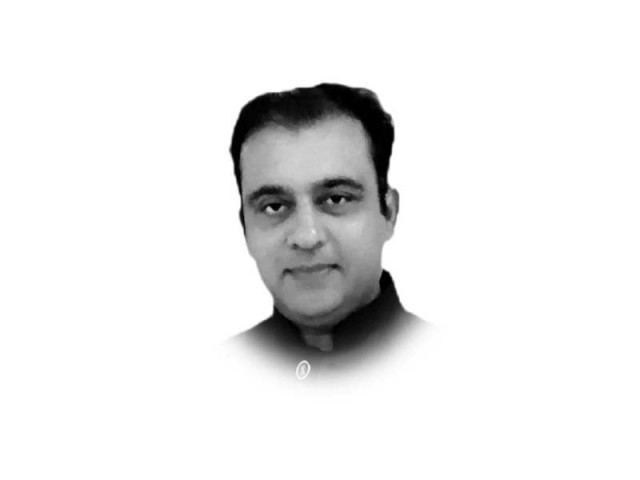Pakistan’s Afghan dilemma
Terrorist attacks have been on the rise since the Afghan Taliban’s takeover

Last week, Pakistan marked the 8th anniversary of the APS massacre. The tragedy was dubbed as Pakistan’s 9/11 moment which for once brought the entire country on one platform. The unprecedented consensus even at the time when Imran Khan was seeking the ouster of then Prime Minister Nawaz Sharif led to the National Action Plan to root out the menace of terrorism in all its forms and manifestations. It was the APS carnage that pushed the country to launch massive military campaign in the erstwhile tribal areas and countless intelligence based operations in urban centres against different shades of terrorist outfits. In the process Pakistan lost both men and material but in the end the country was able to bring some semblance of peace and stability. After 2018 there had been fewer terrorist attacks in Pakistan. Life started returning to normalcy. One evidence of that was the return of international cricket to Pakistan.
Against these achievements, no one certainly was expecting the return of terrorism in Pakistan or at least with same ferociousness that we witnessed after 9/11 attacks.
While Pakistan drove out terrorist outfits from former FATA, the runaway groups found refuge on the other side of the border. For years Pakistan kept pushing the US-backed dispensation in Kabul to eliminate such elements. Islamabad’s demand was not met since authorities here blamed that anti-Pakistan groups operated out of Afghanistan with the support of hostile secret agencies including the Afghan’s NDS.
But when the Afghan Taliban returned to power in August 2021, there were jubilations in power circles here. The jubilation was attributed to the fact that the Afghan Taliban, unlike the Ghani or Karzai governments, would take care of the country’s security and strategic concerns. The main issue was the TTP and its affiliates. Pakistan had more than the hope that if the Afghan Taliban regime does not eliminate the TTP terrorists by force, it would at least neutralise them.
But contrary to these high hopes, the number of terrorist attacks have been on the rise since the Afghan Taliban’s takeover. Between August 2011 and August 2022, there was 51 per cent increase in terrorist attacks. This despite the fact that the TTP announced a ceasefire, called off only recently.
There were reports that a number of TTP members returned to Pakistan raising the spectre of another bloody phase.
The Afghan Taliban regime has not only failed to address Pakistan’s concerns on TTP but its border forces are now targeting civilians in Pakistan.
Last week, Afghan border security forces twice fired at civilians across the Chaman-Spin Boldak border using heaving weapons. At least 19 civilians were killed in those incidents. The border clashes were triggered after Pakistani authorities tried to repair the fence along the border. Like previous governments, the Afghan Taliban too are opposed to Pakistan fencing the 2600km long border. This shows once again that Pakistan clearly misunderstood the Afghan Taliban or had unrealistic expectations from them.
Pakistan has so far showed restraint and opted to downplay the recent incidents though after criticism it has summoned the Afghan diplomat to convey a strong protest. But the response from Pakistan is still very guarded. The reason Pakistan is acting cautiously is that it doesn’t want any rupture in the ties with the Afghan Taliban.
Despite setbacks Pakistani decision-makers feel the country has to stay engaged with the Afghan Taliban. For them the Afghan Taliban are still the best bet. But it is feared that the situation will only get worse.
Published in The Express Tribune, December 19th, 2022.
Like Opinion & Editorial on Facebook, follow @ETOpEd on Twitter to receive all updates on all our daily pieces.














COMMENTS
Comments are moderated and generally will be posted if they are on-topic and not abusive.
For more information, please see our Comments FAQ